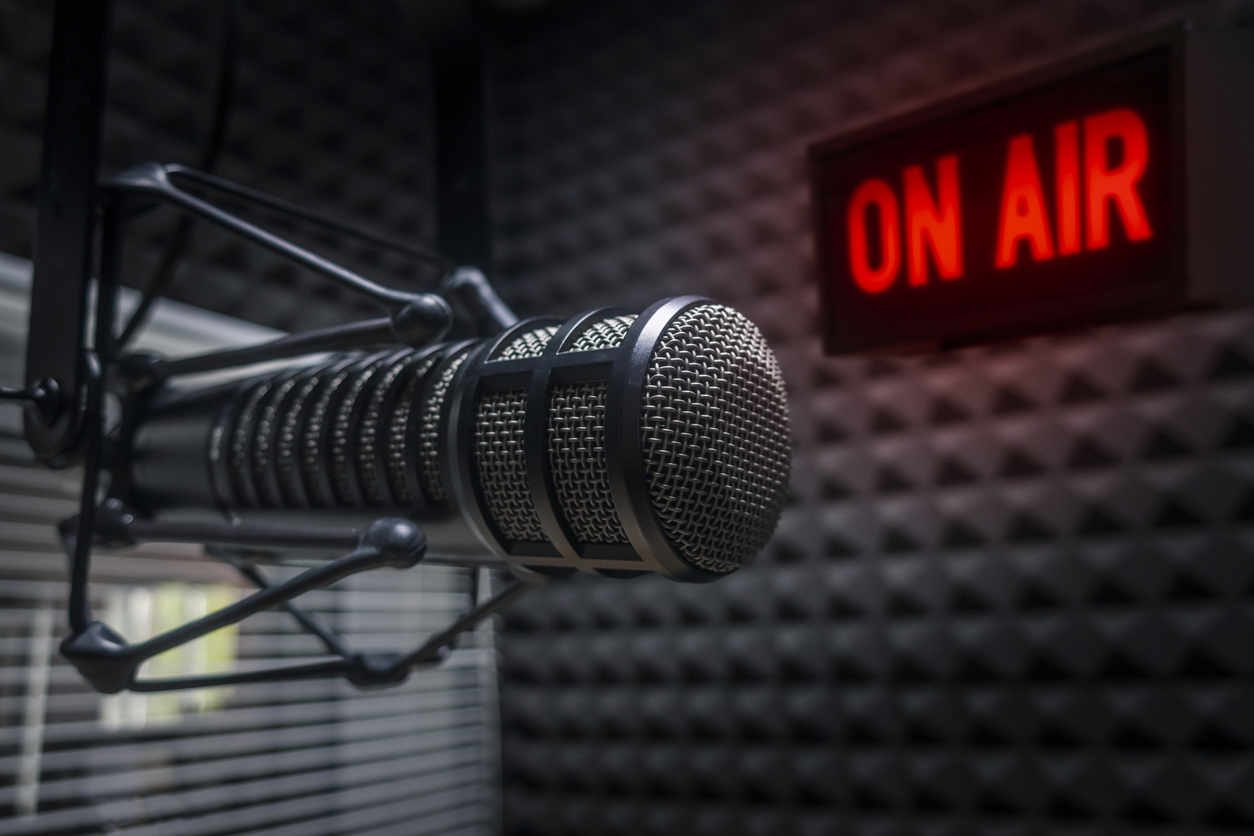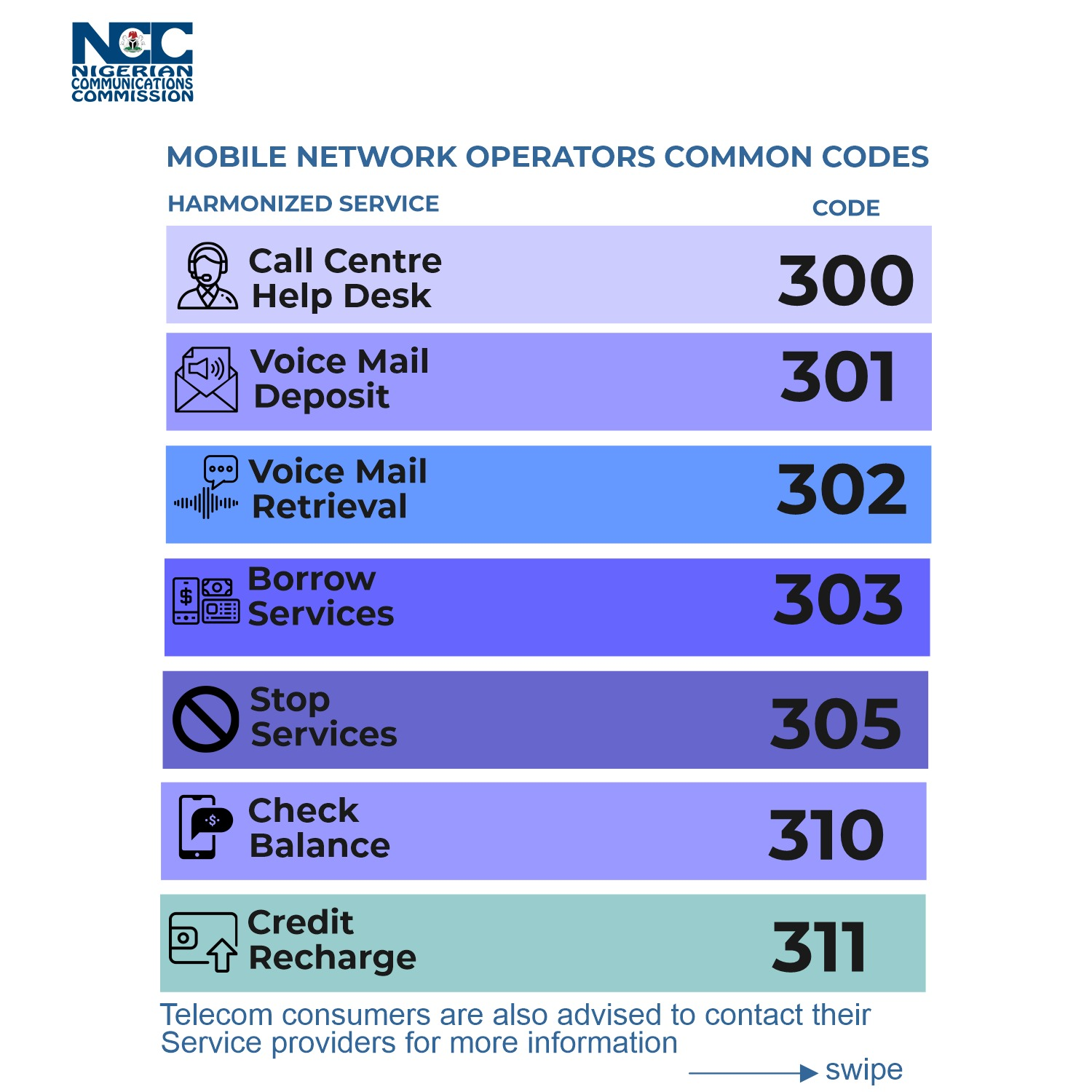By Abimbola Mohammed
The global radio advertising market size will grow from $23.22 billion in 2022 to $24.84 billion in 2023 at a compound annual growth rate (CAGR) of 7.0%.
The above radio advertising market research report is one of a series of new reports from The Business Research Company, a firm that provides radio advertising market statistics, including radio advertising industry global market size, regional shares, competitors with a radio advertising market share, detailed radio advertising market segments, market trends and opportunities, and any further data required to thrive in the radio advertising industry.
According to the report, the Russia-Ukraine war disrupted the chances of global economic recovery from the COVID-19 pandemic, at least in the short term. The war between these two countries has led to economic sanctions on multiple countries, a surge in commodity prices, and supply chain disruptions, causing inflation across goods and services and affecting many markets across the globe. The global radio advertising market size is expected to grow to $31.37 billion in 2027 at a CAGR of 6.0%.
“Radio still represents a powerful advertising medium due to its high cost-effectiveness even though newer advertising platforms such as the internet and other digital media are gaining traction in the advertising market. For smaller markets, companies spend about $900 a week for a 30-second ad schedule and around $8,000 a week in bigger markets. On average, companies pay around $20 to reach 1,000 listeners during peak times of the day and close to $10 or $15 during off-peak hours. Therefore, the cost-effective routes of advertising are predicted to fuel the demand for the radio advertising market,” the report said.
A decrease in radio ad spending is likely to limit the growth of the radio advertising market. A decline in ad spending on traditional channels is part of a long-standing trend. The companies are investigating alternative business models and evaluating innovative emerging technologies such as online fixed programmatic display and mobile video that provide consumers with instant access to the content. According to the Pitch Madison report, launched by Pitch, in partnership with Madison World, the radio industry reported a 44% decline in advertising revenue in 2020. Moreover, according to Group M’s latest end-of-year forecast, in Canada, audio channel spending (largely consisting of radio advertising) dropped from $1.3 billion in 2019 to $890.9 million in 2020, which was a 2.8%-point drop. Radio ad spending has declined disproportionately in recent months due to advertisers’ cutting their overall media budgets, which is likely to hinder the market’s growth.
As at 2018 in Nigeria, a separate report by Mediafacts, a periodic market trend information booklet published by Mediareach OMD said: “The decline in advertising spend being experienced in the past three years, in the nation’s media, continued in 2018 with a drop in total Above -The – Line advertising expenditure to N81billion, as against the N88 billion, recorded the previous year, 2017.
In the past five years, the growth trajectory concerning ad spend in the nation’s media has not been too encouraging. For instance, besides 2015, where the ad spend was put at N97.9billion, a significant improvement from 2014 performance of N93 billion, the industry has been experiencing a free fall in ad spend, in the past three years.
For instance, the ad spends attracted by the media in 2016, 2017, and 2018, had been N91 billion, N88 billion and N81 billion, respectively, a pointer to a steady decline in ad fortunes of the nation’s media, comprising the TV, Radio.
However, the launch of digital radio is gaining popularity in the radio advertising market. Digital radio gives users greater spectral efficiency. According to data from Radio Joint Audience Research Limited (RAJAR) published in October 2021, digital listening in the United Kingdom has increased to 65.8 percent of total radio listening. DAB has surpassed AM/FM as the most popular radio listening platform, accounting for 43 percent of total listening versus 34.2 percent for AM/FM. Moreover, if digital modulation methods that require more complex transmitters and receivers are used, more information could be transmitted in comparison to traditional analogue modulation schemes.
Major players in the radio advertising market are Sirius XM Radio Inc., iHeartMedia Inc., Entercom Communications Corp., Cumulus Media Inc., National Public Radio Inc., Strategic Media Inc., The Radio Agency, Jacob Tyler, Sid Lee and Citizen Group.
North America was the largest region in the radio advertising market in 2022. Western Europe was the second largest region in the global radio advertising market. The regions covered in the global radio advertising market report are Asia-Pacific, Western Europe, Eastern Europe, North America, South America, Middle East, and Africa.
The radio advertising market consists of revenue earned by entities by providing services such as planning, developing, creating and managing advertisement and promotional activities in radio. The market value includes the value of related goods sold by the service provider or included within the service offering. Only goods and services traded between entities or sold to end consumers are included.






Comment
No comments found.